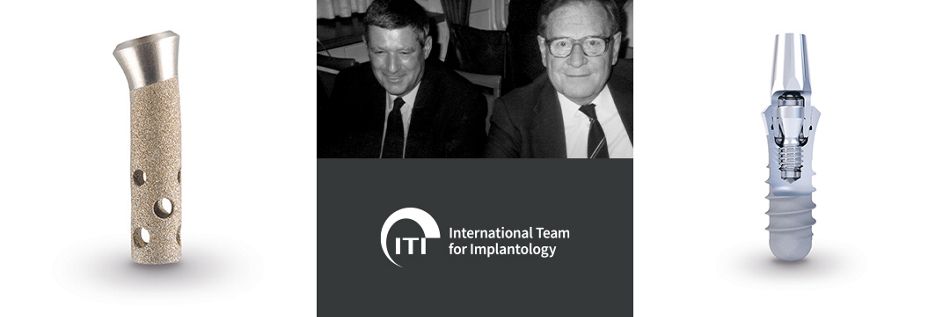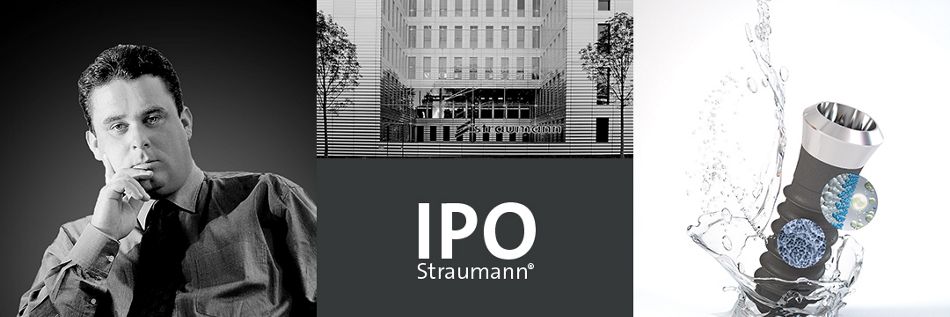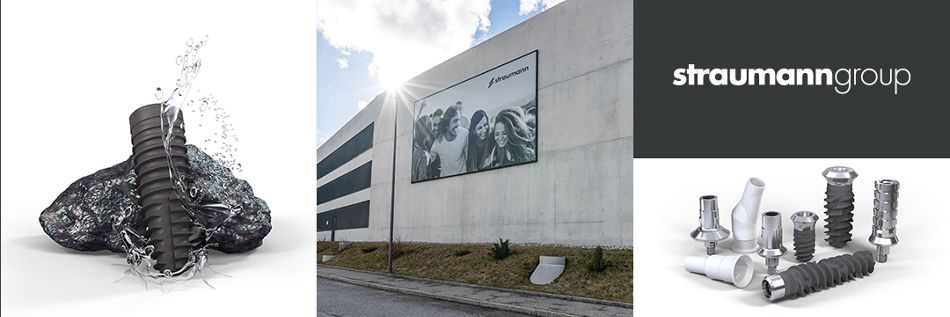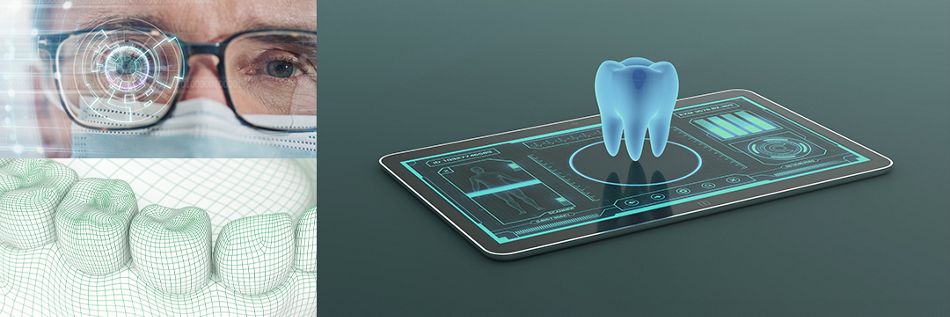Straumann history
Since its inception, Straumann has introduced innovations and achievements that have set benchmarks in global dentistry. Originating as a family-owned institute, it transitioned into a publicly owned holding, and now, as the Straumann Group, it encompasses a diverse portfolio of international companies and brands. The journey, more thrilling than ever, continues to evolve and expand.
A history of restless innovation: the milestones
1954 – 1974 | research and science
Laying the foundations

In 1954, Reinhard Straumann founded the Dr. Ing. R. Straumann Research Institute AG in Waldenburg. This initial era of Straumann (1954 – 1974) was marked by significant contributions to research in materials and alloys for osteosynthesis. The period also witnessed the development of strong partnerships with leading scientific communities, setting the stage for the company's entry into the field of dental implantology, which was an emerging area at the time. By 1960, the Swiss Association for the Study of Internal Fixation (Arbeitsgemeinschaft für Osteosynthesefragen, AO) sought Straumann's expertise to address technical challenges. In 1967, following the death of his father, Fritz Straumann took the helm of the company.
1974 – 1990 | implantology & ITI
The company makes its mark

Straumann's foray into dental implantology starts with the launch of the first dental implant in 1974 (titanium hollow cylinder implant). This milestone was followed by the creation of the International Team for Implantology (ITI) in 1980, which has since become the world's largest scientific dental network. A significant advancement during this period was the introduction of the Tissue Level Morse Tapered implant in 1986.
1990 – 2014 | Entrepreneurial rise
Establishment as first choice in implantology

In 1990, Thomas Straumann, the grandson of the company founder, takes over the management of the Institut Straumann AG. The 1998 initial public offering (IPO) was a pivotal moment, driving further expansion. At the end of this 60-year era, in 2014, Straumann has garnered an unmatched reputation for its scientific research, advancements in material and surface science, a committed network of dental professionals and educational initiatives, Swiss precision, exceptional implant survival rates, and a dynamic entrepreneurial spirit. This period was characterized by significant developments in materials, surfaces, implant systems, digital technologies, including CAD/CAM, regenerative products, and considerable international expansion.
2014 – 2024 | Transformation
Setting the course for a digital future

Between 2014 and 2024, Straumann undergoes considerable innovation and expansion, thriving in an environment of deep socio-economic, technological, and political shifts. This period is distinguished by significant progress in multiple areas of treatment, especially in the field of implantology, marked by the launch of new products that embody the Straumann seal of quality, again setting new standards in treatment protocols and clinical long-term success.
All these activities demonstrate Straumann's continuous effort to lead in dental innovation and to proactively respond to the evolving needs of both dental professionals and patients, and adapt to the changing technological, socio-economic, and political landscape in the healthcare sector.
2024 and beyond | Driven to excel and to innovate
Actively addressing the megatrends of our time

The rapid pace of digital evolution in dentistry has soared to unprecedented levels, setting the stage for a future where digital integration is a crucial aspect of treatment methods. The next decade is expected to witness groundbreaking innovations centered around fully connected, integrated, open systems, services, and solutions. These developments are aimed at improving experiences for both customers and patients while upholding the highest standards in material, scientific, and clinical quality, now enhanced by the convenience provided by enabling technologies.
Focus projects:




